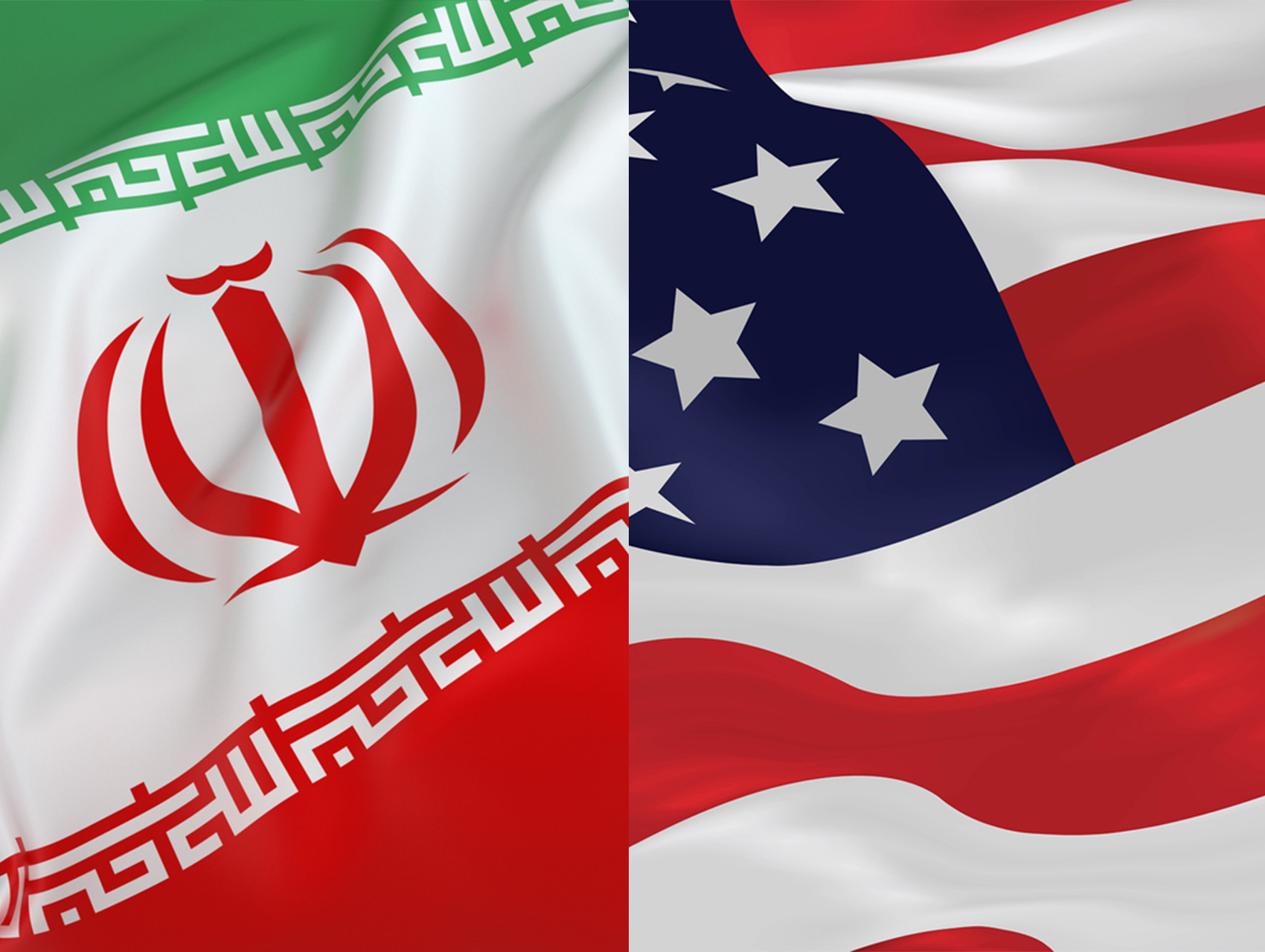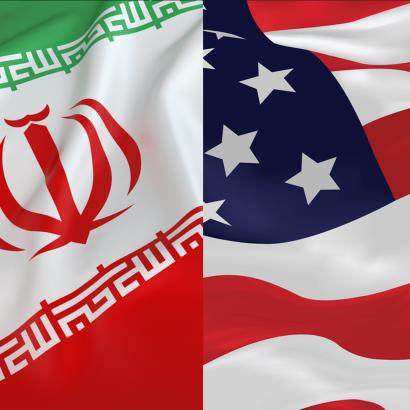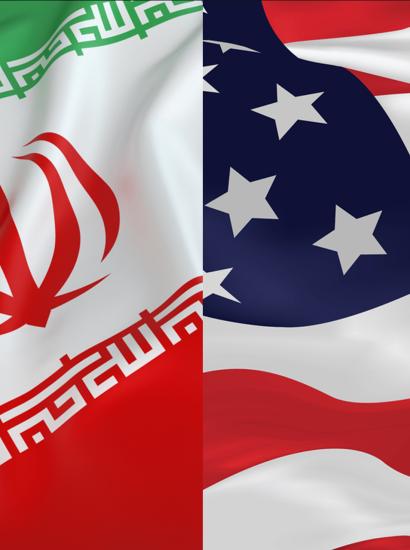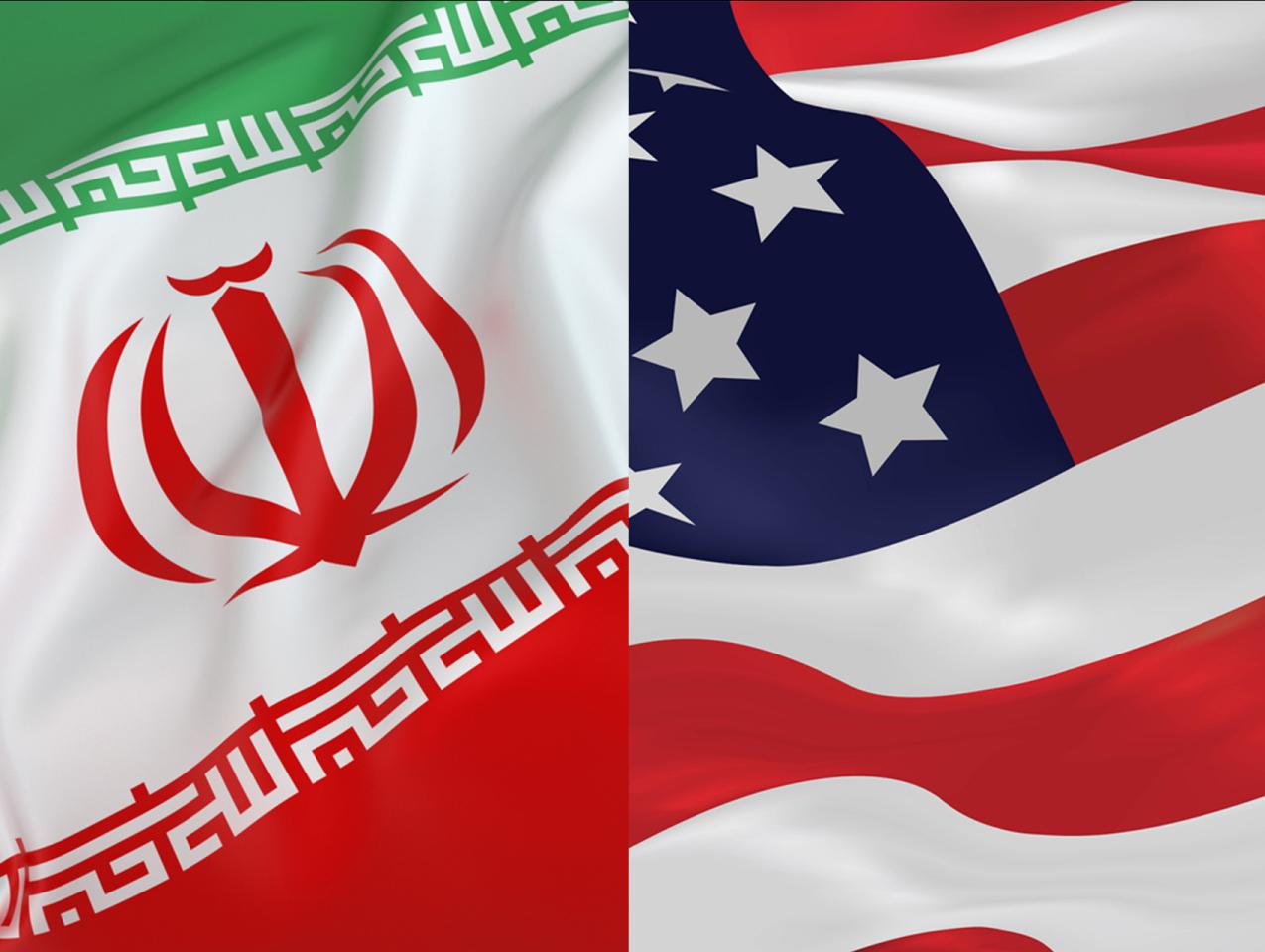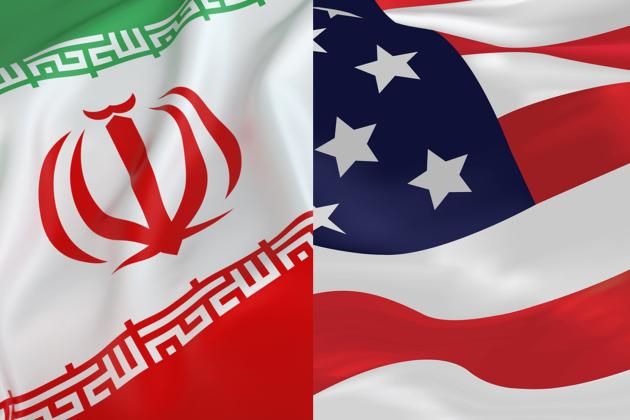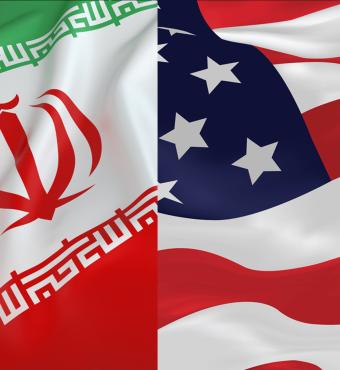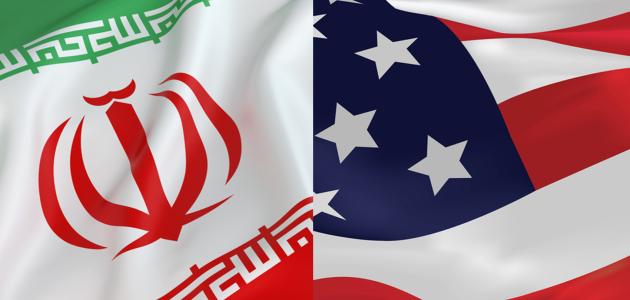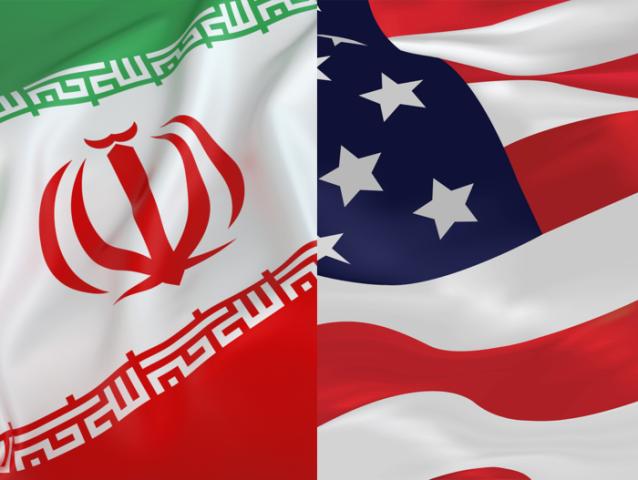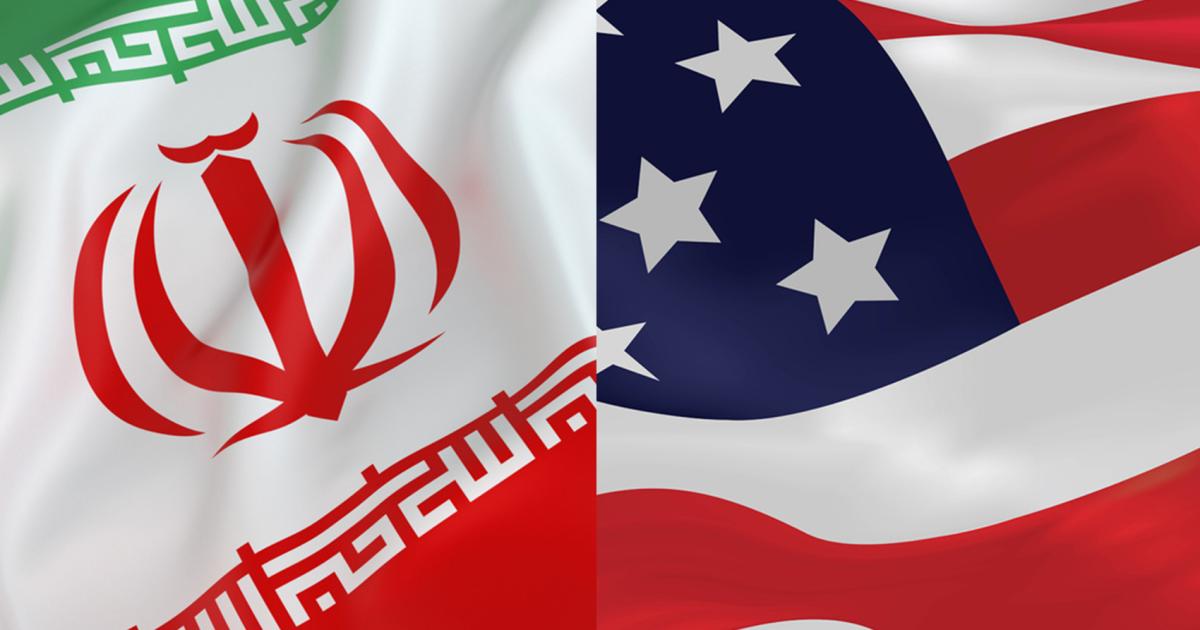- Middle East
By any measure, 2022 was an extraordinary year for Iranian aggression. As 2023 opens, the imperative to demonstrate Western intent to constrain Iran has never been greater. Failure to do so risks lives but also dooms future diplomatic initiatives. A credible threat of military action, however, will not only set red lines that will constrain Iranian behavior but likely will provoke a debate within Iran’s ruling elite as to the wisdom of aggression that might invite a response that could destabilize, or even threaten, the regime as it passes through its most consequential leadership transition. This transition will likely cement the arrival of a new generation of hardline officials. In contrast, a genuine debate within Iran – especially following years of persistent unrest by a disillusioned population - offers the best chance of empowering more pragmatic and less violent voices.
Iran’s actions in 2022 represented a new level of its violations of international laws and practices. The nuclear talks gradually collapsed while Iran expanded its use of advanced centrifuges and establishment of underground nuclear facilities, its stockpile of uranium enriched far beyond Tehran’s requirements and rebuffed inspections by the International Atomic Energy Agency (IAEA). Tehran now acts much like a country seeking to gradually build a nuclear weapons capability. The past year also saw multiple reports that Iran undertook operations to kill former U.S. officials, journalists, dissidents, and others in the United States and the United Kingdom. Not since the early days after 9/11 have we so seen many terrorist plots against the U.S. by a single actor. Iran’s hostage-taking continued unabated, along with its weapons shipments to proxies in Yemen, Syria, and Lebanon. Iranian drones and missiles were launched in multiple attacks to produce large-scale civilian casualties in Saudi Arabia, the United Arab Emirates, and Ukraine, as well as in sporadic attacks against U.S. forces in Syria. Finally, the world witnessed the Islamic Republic’s use of executions, torture, sexual violence, and brutality to stifle widespread peaceful domestic demonstrations sparked by women protesting the death of 22-year-old Masha Amini at the hands of Iran’s morality police. There is no reason to think that the coming year won’t see such behavior continue. The response from the West has been ineffectual at best. Incremental actions against Iran’s aggression as well as attempts at accommodating the regime have failed.
Only a few years ago, many of these actions would have been expected to result in punitive military strikes. Instead, international reaction has consisted of tough Western rhetoric and fresh ineffective sanctions, and silence from China and Russia. At the same time, two years of controversial multilateral diplomacy with Iran has failed, despite Western tolerance of a breakdown in oil sanctions and a refusal to allow Iran’s non-nuclear behavior to impact nuclear talks.
Following Iranian missile and drone attacks in the Arab Gulf, the U.S. and Europe did provide additional forces to the United Arab Emirates, improved the integration of regional naval forces in the Red Sea, and periodically deployed bombers capable of carrying nuclear or advanced conventional weapons in regional exercises to message our commitment to regional security. But the modest nature of these deployments is unlikely to convince Tehran that its strategy of aggression has failed or that Western support for Iran’s victims is assured.
Thus, we are entering an increasingly dangerous phase of Iranian policy. Iran is now only a decision away from nuclear weaponization. Its proxy operations are engineered to produce mass casualty events. The military responses that may follow– especially if perceived to be undertaken half-heartedly – could well invite the escalation into a conventional conflict we all seek to avoid. Admittedly, the challenge is complex. At a time when the world is struggling to deal with Russia’s war against Ukraine, COVID, and a turbulent global economy, actions by the West could also invite escalation to war that could unhinge these efforts. But this argument leaves the initiative to the adversary, and Iran’s history and the nature of its leadership leave no doubt that its past strategy will persist.
So how does Iran see the world? Tehran certainly understands the potential military power of the U.S., especially in partnership with European allies. Since 2001, Iran’s strategy of aggression has been calibrated to elicit concessions from adversaries, but not a conventional conflict. Despite its bellicose bluster, Tehran understands that any conventional conflict would end with Iran’s defeat, likely within weeks. Iran would use its missile, naval mines, submarines, and cyber forces to inflict as much damage against us as possible. Still, victory for Iran would be limited to survival, which is far from assured. A sophisticated Western-style military campaign that targeted leadership or a conflict that provoked an uprising by Iran’s angry population (possibly then supported by the West) would likely mean the end of the Islamic Republic.
But Iran’s leaders also face the terminal decline of the Islamic Republic, and the steps required to reverse this trend would unravel the revolutionary system itself. The country’s ossified and incompetent leadership is sustained by overt election manipulation, coercion, corruption, and stale revolutionary rhetoric. The most significant portion of Iran’s population appears divided between disillusioned Iranians seeking regime change and those unwilling to confront a regime they no longer support. Iran’s rising generations look across the Gulf waters to see vibrant societies bursting with economic promise and increasingly global influence. If the West has substantial reasons to avoid conventional conflict with Iran, Tehran’s reasons to avoid such a conflict are existential.
To be sure, Tehran sees that the changing world offers a path beyond the limitations of its military strength. The end of Great Power amity, growing multipolarity, and collapse of collective security all play to Iran’s advantage. The U.S. is careful to avoid any actions that could draw it into a foreign conflict and diffuse the power it needs to deal with China, Russia, and the restructuring of the U.S. economy. Europe’s unity against Russia is driven by self-defense, and it shows little appetite for foreign ventures. Moscow and Beijing have blocked United Nations action against Iran for years. China and Russia are indifferent to Iran’s aggression. Russia views Iran as a source of weapons and a partner in sanctions busting. China seeks to balance its presence in the region, but its purchases of Iranian oil have provided an economic lifeline to Tehran. Until recently, Israel has surprisingly tolerated the expansion of Iran’s nuclear program far beyond what would have seemed to trigger a military response as recently as 2014. The arrival of the Netanyahu government and Israel’s security establishment could determine that there is no diplomatic solution to the Iranian nuclear program. A military strike carries significant risks, but whatever the consequences, it would likely bring at least two years of respite from an Iranian nuclear threat and compel greater Western attention on Iran.
Any reassessment of Western policy towards Iran must first deal with the moribund Joint Comprehensive Plan of Action (JCPOA). Diplomacy must be our most favored option in dealing with the Iranian nuclear challenge, but Iran’s refusal to respond in kind cannot be ignored indefinitely. Our refusal to declare the deal defunct is now widely recognized as an unwillingness or inability to devise alternative approaches to Iran beyond the JCPOA.
The goals of the 2015 JCPOA were laudable: a diplomatic solution that at least temporarily denied Iran a path to a nuclear weapons program at a time when military action seemed inevitable. A successful JCPOA deal, as argued by its architects, would engender trust on both sides, sparking talks on regional or missile issues. The end of nuclear sanctions would spur commerce that would integrate Iran with the West and reduce the incentive for its aggression. If the deal failed, the West would still retain the military option but could say it had at least tried diplomacy.
If the deal’s goals were admirable and those involved in its development drew from extraordinary talent within the Departments of State, Energy, and elsewhere, its foundation suffered from flaws that ultimately proved fatal.
- First, the deal lacked bipartisan support, and the debate that erupted over the JCPOA deepened increasingly toxic divisions between Congress and the administration. One’s views on the JCPOA became a political litmus test in a partisan debate that spilled into the equally corrosive political atmosphere of the subsequent years. Deal opponents were cast as warmongers; supporters were described as appeasers of a terrorist state. Iran somehow seemed a less significant target than those on either side of the deal. The greatest lesson of the JCPOA may be that no foreign policy should be pursued if it lacks bipartisan support that pits America against itself in such a destructive fashion.
- Second, the secret talks and deal provisions shocked foreign partners who felt betrayed by an initiative that so heavily impacted core security concerns supported by multiple past U.S. administrations. The concession to allow Iran the right to domestic uranium enrichment seemed particularly unjust considering the 2009 U.S.–UAE 123 Agreement for Peaceful Civilian Nuclear Energy Cooperation which many describe as the “gold standard” for nuclear cooperation. The partisan rhetoric over the deal quickly focused on foreign partners. JCPOA supporters stressed only European support for the deal and (recklessly) described regional opponents as warmongers. Opponents drew perhaps too loudly on regional opposition to justify their criticism of the deal. The deal dealt a tremendous blow to U.S. credibility and likely contributed to a sense that these partners should recalibrate their relationships with Moscow and Beijing.
- Last, and perhaps most important, the deal’s U.S. and foreign architects were convinced that a successful deal would empower the Rouhani administration to push back on the hardliners dominating Iran’s policymaking. Evidence to the contrary quickly developed. Iran’s support for proxies expanded during the deal, foreigners continued to be taken hostage on specious grounds, and Iran’s missile program threatened the entire region, including the tens of thousands of American families who called it home. Iran repeatedly rebuffed calls to engage on regional or missile issues. The witch’s brew of Iran’s regional aggression, hostage-taking, hardliner rhetoric, and the U.S. partisan atmosphere that ended reasonable debate on Iran policy made the Trump administration’s decision to leave the deal anything but surprising.
On the surface, the prospects for a return to the JCPOA at the beginning of the Biden administration appeared strong. The Biden campaign insisted it would restore the deal, end the Trump administration’s policy of maximum pressure, and reduce U.S. military presence in the Middle East. Traditional U.S. partners in the region – most notably Saudi Arabia – were largely shunned. Last, the incoming administration assured supporters it would restore comity with a Europe that often only reluctantly supported sanctions pressure and refused to countenance military alternatives. Upon taking power, many of the administration’s senior national security officials had directly participated in JCPOA negotiations and opposed U.S. action against Iranian proxies in Syria and Yemen. If it is true that these officials also brought a good understanding of their Iranian interlocutors’ perceived strengths and weaknesses, the Iranians probably felt they could say the same.
Despite this promising (at least for deal supporters) situation, the strategic drivers that compelled Iran to come to the negotiating table in 2014 or made the subsequent 2015 JCPOA deal attractive were largely gone by 2021.
- Iran’s willingness to consider negotiations under the Ahmadinejad administration derived from growing international unity against Iran and a sense that sanctions pressure could threaten the stability of the Islamic Republic. By 2021, neither of these conditions existed.
- The relationship between Moscow and Tehran evolved considerably from 2015 to 2021. The two countries cooperated closely in Syria, and Russia steadfastly protected Iran from United Nations actions in response to Iranian weapons shipments to proxies. This improvement contrasted with the dramatic erosion of US-Russian relations during the same period.
- U.S.-China relations had also soured significantly. Beijing’s willingness to ignore U.S. sanctions and purchase growing amounts of Iranian oil began to climb shortly after the U.S. 2020 presidential election. As it became clear the U.S. would take no serious action against Beijing for these purchases, China’s oil imports from Iran rocketed, reportedly reaching more than a million barrels per day by the end of 2022. As Iran’s foreign exchange ballooned from $12 billion in 2020 to over $40 billion by the end of 2022, the economic pressure that justified compromise evaporated along with any fear that more significant sanctions pressure would follow a rejection of diplomacy.
- U.S. and European support for regional security appeared to falter. The shambolic nature of the Afghanistan withdrawal shocked regional partners. The muted U.S. and European reaction to hundreds of missile and drone attacks on Saudi Arabia and the United Arab Emirates further damaged Western credibility.
- Iran successfully tested Western fortitude by refusing to meet directly with the U.S. If it is true that Iran expanded its nuclear program following the Trump
- administration’s decision to withdraw from the JCPOA, this expansion increased to dangerous levels despite the talks to restore the deal. The P5+1 responded to Iran’s rebuff of IAEA officials and nuclear expansion by stressing the urgency of a return to the deal rather than taking any action against Iran.
- The original JCPOA was developed while the world still saw terrorism as a dominant threat as ISIS attacks mushroomed internationally. The international response to Iranian terrorism was a different story. Iranian targeting of U.S. persons and London-based journalists became a law enforcement matter with no action taken against Iran itself. Amid these attacks and hundreds of Islamic Revolutionary Guard Corps (IRGC) -sponsored proxy missile and drone attacks on our partners, partisan voices that opposed the designation of the IRGC as a foreign terrorist designation further signaled a willingness to allow the nuclear talks to shield Tehran from action for its non-nuclear malign behavior.
- Perhaps most important for Iran, the economic benefits of a nuclear deal were no longer attractive. The original JCPOA brought no relief from non-nuclear sanctions. While sanctions relief brought some significant economic improvements, many of these benefits could be found in the Chinese refusal to respect U.S.-led oil sanctions against Iran and a resistance economy that aims to promote economic self-reliance.
Within the West, the benefits of a deal are now defended only by its most ardent supporters. The JCPOA sunset clauses that in 2015 seemed – at least to advocates of the deal – to offer plenty of time for further diplomacy are fast expiring. The idea that a deal might strengthen reform in Iran has been overtaken by the reality that the JCPOA will put billions of dollars into the hands of a hardline government committed to bloody oppression. Iran’s repeated refusal to cooperate with the IAEA paints a dramatic picture of how Iran will deal with future complaints over nuclear violations. No responsible policymaker can propose a deal that ends United Nations missile restrictions on Iran this year, given Tehran’s proliferation of these weapons to proxies, the attacks against the United Arab Emirates and Saudi Arabia, and the likely provision of missiles to Russia. Even a restored deal at this point would significantly resource a hardline regime that would be allowed to reach the threshold of weaponization by 2031. Such a prospect would crush hopes of significant nuclear constraints on Saudi Arabia, Egypt, and Turkey.
The unrest in Iran that began on 16 September dramatically reshaped international opinion regarding Iran. Western policymakers ceased speaking of the urgency of the Iranian nuclear challenge and claimed nuclear talks were no longer a priority. Instead, policymakers offered rhetorical support to Iran’s courageous protestors and issued a series of targeted sanctions that did nothing, however, to impact Tehran’s response to the protests. Nor has this situation altered its malign activities in the region as a whole.
But this lull is deceptive – and dangerous. Iran’s expansion of its nuclear program continues, as does its refusal to allow the IAEA to observe whether Iran’s covert weaponization program has resumed. Weapons shipments to proxies have not stopped. Iran continues to take foreign hostages on unjust grounds, and reports of its terrorist operations abroad continue. Any of these trends could escalate into a crisis that leads to military action.
Although there is little evidence that Western policymakers are planning a shift in Iran policy, options exist that would bolster U.S. deterrence against Iran, promote integration and burden sharing among our Middle East partners, and support those within Iran risking their lives for freedom. These steps represent the best chance to restore vigor to a dissipated diplomatic process when applied collectively. Much as other rogue countries watch and learn from the success of Iran’s aggression, these countries will note a renewed support for collective security and international norms.
Messaging Iran
- The U.S. must convey that we will use robust military action to punish Tehran for any Iranian terrorist, missile, or drone operations targeted at U.S. persons or the U.S. Homeland. Likewise, the administration and Congress should accelerate efforts to provide regional partners with the defensive weaponry needed to defend their people and Americans in these countries from Iranian proxies.
- The U.S. should reiterate that diplomacy remains our preferred option to deal with Iran’s nuclear program, but we will not hesitate to use military tools should Iran weaponize its nuclear program. Iran’s enrichment of uranium to 90% or metallurgy associated with nuclear warhead development must represent clear redlines. This policy should be issued with the full support of Europe, Israel, and as many regional partners as possible. Regional military exercises should demonstrate our preparations for this eventuality.
- The U.S. and European partners should state that the Iranian people alone must choose their political future; we will provide haven and political support for those who seek to build democratic institutions within Iran. If Iran can declare its support for violent revolutionary movements throughout the region, we should have no problem expressing our support for Iranians acting in ways consistent with our values, much like we did to stand with those who opposed communism. Nongovernment organizations should establish a metric to measure the impact of sanctions to highlight those capable of changing behavior compared to those with minimal impact.
- A US-European partnership should be established to resource initiatives that increase the free flow of information to the Iranian people.
Restoration of Bipartisanship to Iran Policy
- Congress should establish a bipartisan committee staffed by the Congressional Problem Solvers Caucus to recommend policy principles that should guide U.S. actions should Iran weaponize its nuclear program, undertake terrorist operations against U.S. persons, or attack our allies and partners.
Engaging Partners Abroad on the Iran Challenge
- The administration should initiate a series of cabinet-level U.S. policymaker visits to the region to develop deeper economic and security partnerships, including joint programs to support regional and African development, digital transformation, women’s rights, and anti-corruption programs. The Middle East is rich in capital and ambition and shares our interests in investing in green energy, climate technologies, African development, digital technology, and space issues. The US-UAE Partnership for Accelerating Clean Energy is an excellent example of what can be achieved with such partnerships.
- The administration should develop security agreements with Saudi Arabia, Bahrain, and the United Arab Emirates that address core security concerns and protect regional trade and energy arteries. These agreements should touch on burden sharing, investments in defense technologies, intelligence sharing, an expanded defense partnership with Israel, and the integration of regional air and cyber defense systems.
- The administration should work with Congress to expedite the approval of offensive military capability to partners who must demonstrate an ability to protect their people from Iranian aggression. The U.S. refusal to provide regional Arab partners with sophisticated military technology will inevitably require that they seek alternative systems from Europe or China, invest in non-conventional offensive technologies (e.g., drones or cyber) or accept Iranian regional hegemony. The provision of the F-35 to the United Arab Emirates and KC-46 air tankers to Israel needs to be a priority, and deliveries accelerated.
- Frequent multinational maneuvers in the Red Sea and the Persian Gulf remain the best way to demonstrate our commitment to freedom of navigation. At the same time, we must expand multinational counter-drone and counter-missile exercises with Gulf Arab partners and Israel.
- The Biden administration should work with European and Middle East partners to develop sanctions against Iranian ports and airports that support weapons shipments to Russia or proxies.
Absent a policy shift that restores a framework of collective security and international law against Iran, Iranian aggression will continue in 2023. Iran will likely continue to normalize a nuclear program to enable a dash to a nuclear weapons test or warhead development at a time of their choosing. Iranian provision of weapons to proxies and Russia will continue, extending that conflict and killing innocents. If we constrain Iran in the coming months, the steps outlined above offer a path to save lives, prevent Iran from acquiring nuclear weapons, and restore confidence in collective security.
Norman T. Roule is a former National Intelligence Advisor for Iran







